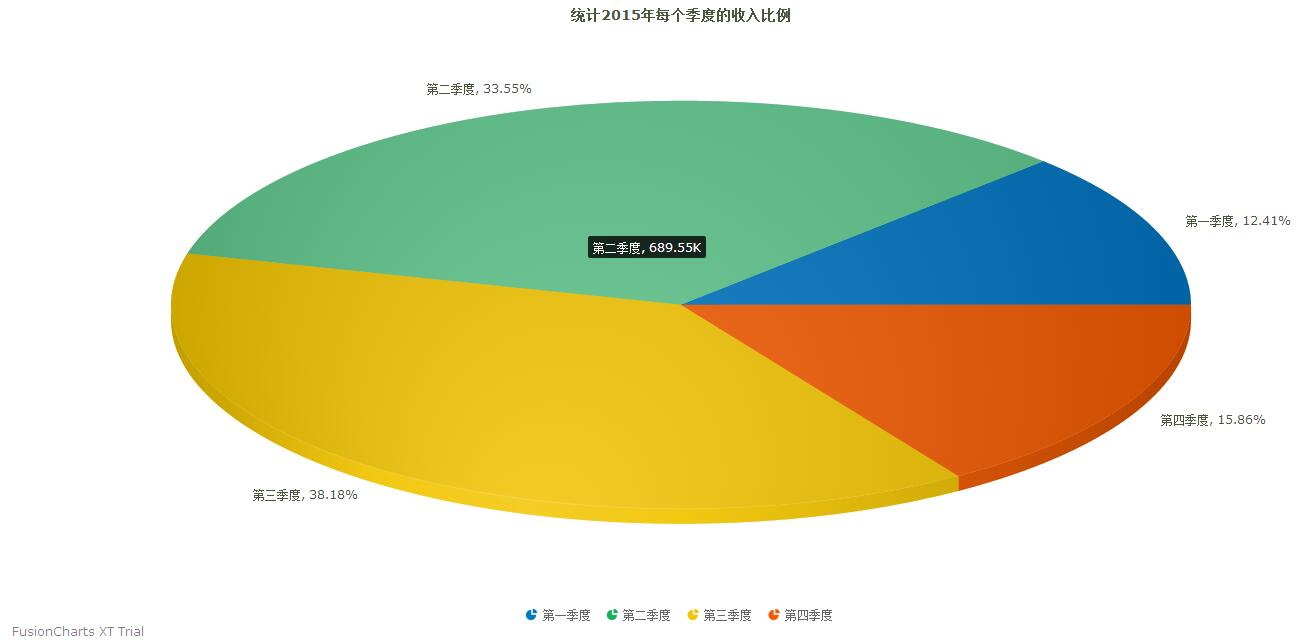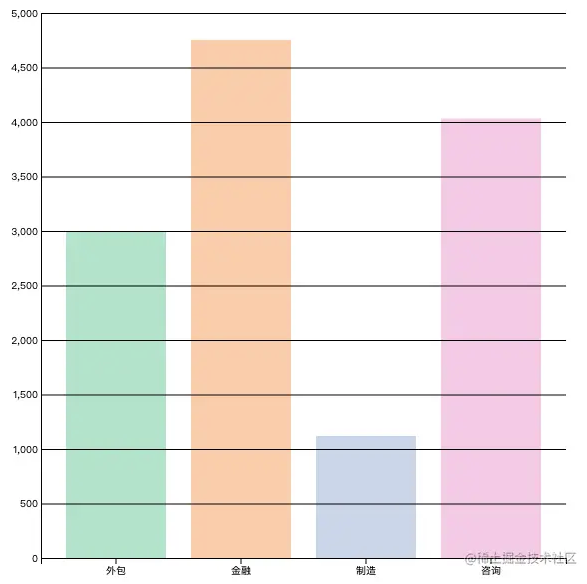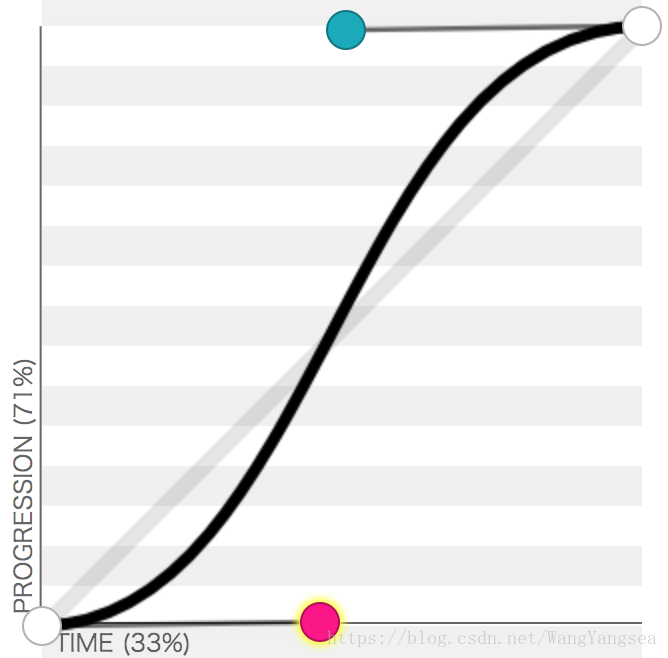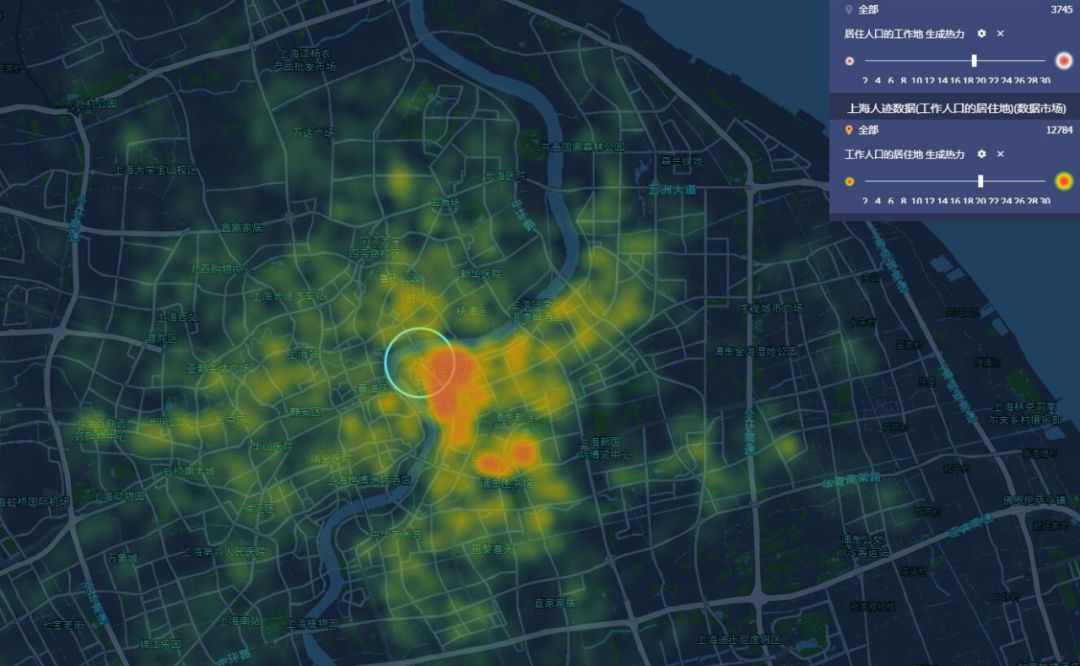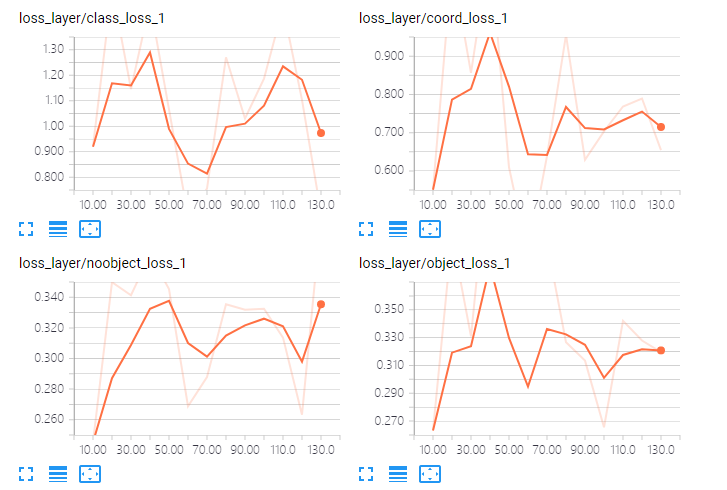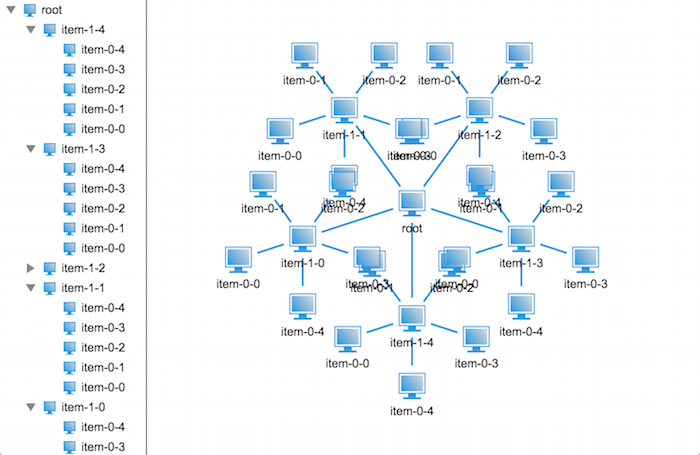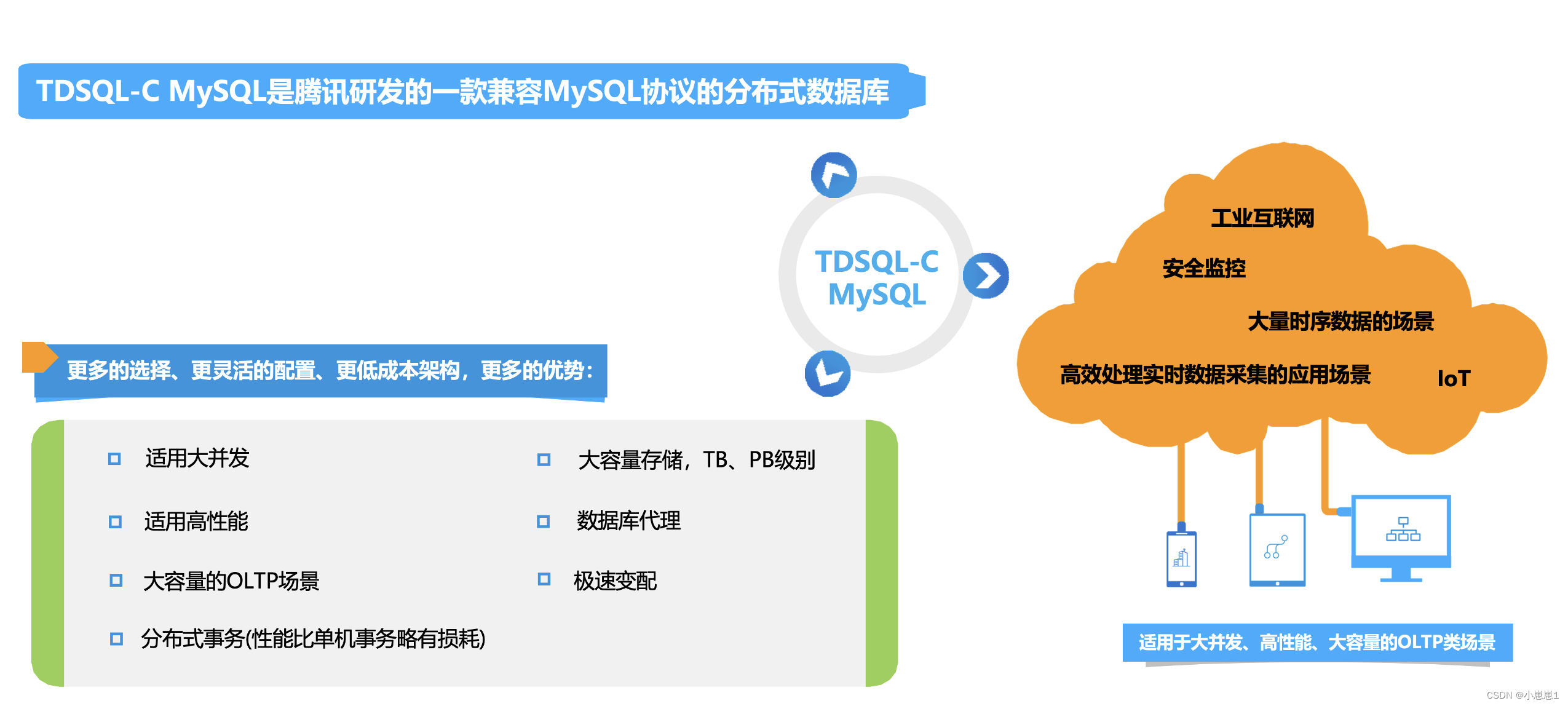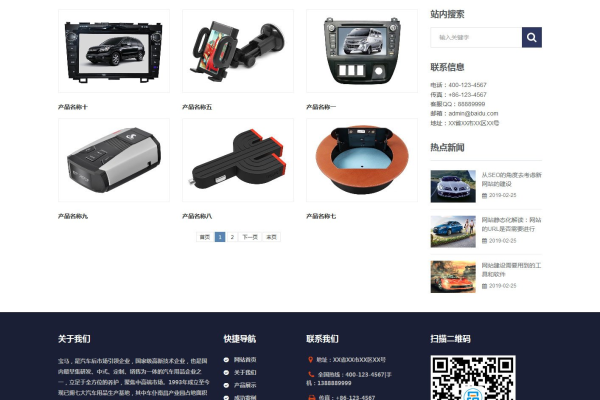上一篇
如何用D3.js轻松绘制吸睛折线图?
- 行业动态
- 2025-04-18
- 6
使用D3.js绘制折线图需先定义SVG容器,设定x、y轴比例尺,通过d3.line()生成路径,用d3.axis添加坐标轴,将数据绑定到路径元素上,利用过渡动画优化视觉呈现,最后通过CSS或属性方法调整线条颜色与粗细。
折线图是数据可视化中常用的图表类型之一,能够清晰展示数据随时间或类别的变化趋势,使用D3.js实现折线图需要掌握数据绑定、比例尺计算和路径生成等核心功能,以下是详细实现步骤:
基础环境搭建
<!DOCTYPE html>
<html>
<head>
<script src="https://d3js.org/d3.v7.min.js"></script>
<style>
.axis path { stroke: #666; }
.line { fill: none; stroke: steelblue; stroke-width: 2; }
.dot:hover { fill: red; }
</style>
</head>
<body>
<div id="chart"></div>
<script>
// 后续代码将在此处编写
</script>
</body>
</html>
数据准备与容器创建
建议使用标准化的数据格式:
const dataset = [
{ date: "2025-01", value: 30 },
{ date: "2025-02", value: 80 },
// ...其他数据点
];
比例尺设置(核心步骤)
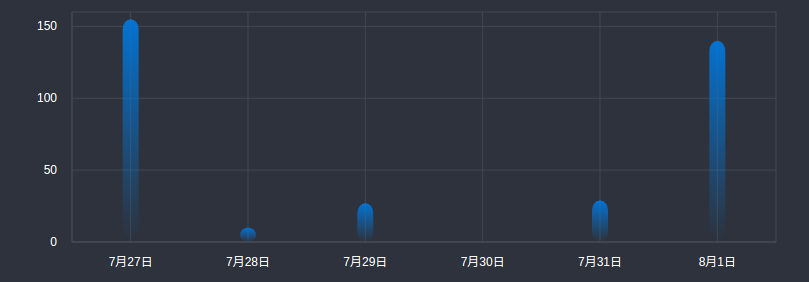
const margin = { top: 20, right: 30, bottom: 40, left: 50 };
const width = 800 - margin.left - margin.right;
const height = 400 - margin.top - margin.bottom;
const xScale = d3.scaleBand()
.domain(dataset.map(d => d.date))
.range([0, width])
.padding(0.1);
const yScale = d3.scaleLinear()
.domain([0, d3.max(dataset, d => d.value)])
.range([height, 0]);
SVG画布生成
const svg = d3.select("#chart")
.append("svg")
.attr("width", width + margin.left + margin.right)
.attr("height", height + margin.top + margin.bottom)
.append("g")
.attr("transform", `translate(${margin.left},${margin.top})`);
折线路径绘制(关键技术点)
const lineGenerator = d3.line()
.x(d => xScale(d.date) + xScale.bandwidth()/2)
.y(d => yScale(d.value));
svg.append("path")
.datum(dataset)
.attr("class", "line")
.attr("d", lineGenerator);
坐标轴与交互增强
// X轴
const xAxis = d3.axisBottom(xScale)
.tickFormat(d3.timeFormat("%Y-%m"));
svg.append("g")
.attr("class", "axis")
.attr("transform", `translate(0,${height})`)
.call(xAxis);
// Y轴
const yAxis = d3.axisLeft(yScale);
svg.append("g")
.attr("class", "axis")
.call(yAxis);
// 数据点交互
svg.selectAll(".dot")
.data(dataset)
.enter()
.append("circle")
.attr("class", "dot")
.attr("cx", d => xScale(d.date) + xScale.bandwidth()/2)
.attr("cy", d => yScale(d.value))
.attr("r", 4)
.on("mouseover", function(event, d) {
d3.select(this).attr("r", 6);
// 可添加tooltip显示数值
})
.on("mouseout", function() {
d3.select(this).attr("r", 4);
});
最佳实践建议:
- 数据预处理:使用d3.timeParse处理时间格式数据
- 响应式设计:添加窗口resize监听器
- 性能优化:大数据集时使用path简化和虚拟滚动
- 无障碍访问:为元素添加aria-label属性
常见问题解决方案:
- 折线断裂:检查数据中是否存在null/undefined值
- 坐标轴偏移:确认translate参数的准确性
- 显示模糊:设置SVG的viewBox属性而非固定宽高
- 数据更新:使用d3.transition实现平滑过渡
完整示例代码可在D3.js官方示例库中找到,实际开发中建议使用模块化开发方式,结合现代前端框架实现组件化。
引用说明:
本文实现基于D3.js官方文档(https://d3js.org/),部分优化方案参考自Observable平台案例(https://observablehq.com/),交互设计灵感来源于Data Visualization Society最佳实践指南。

